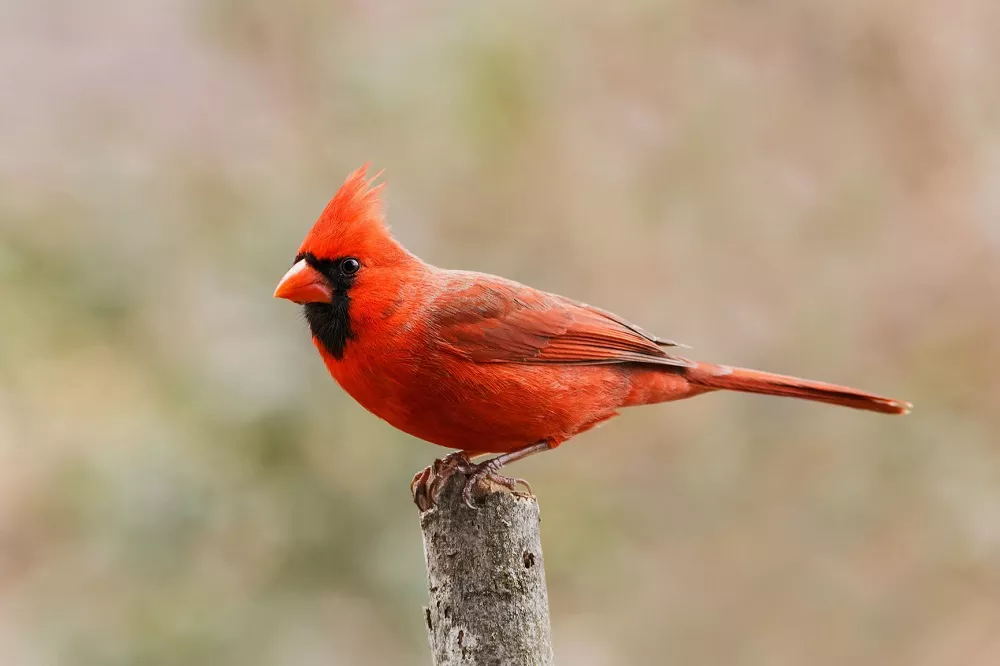Northern Cardinals (Cardinalis cardinalis) are one of the most iconic birds in North America. With their distinctive red plumage and melodic songs, they are a popular sight in gardens, parks, and forests across the continent. But how long do these birds live? In this article, we will explore the lifespan of Northern Cardinals and the factors that affect their longevity.
Life Expectancy of Northern Cardinals
Northern Cardinals are relatively long-lived birds, with an average lifespan of around 3 years in the wild. However, many individuals can live much longer than this. The oldest known Northern Cardinal in the wild was recorded as living for 15 years and 9 months. This individual was banded in Pennsylvania in 1967 and was recaptured and released in 1983, making it at least 16 years old. It is possible that some individuals may live even longer than this, but data on wild populations is limited.
Factors Affecting Lifespan
Like all living organisms, Northern Cardinals are subject to a variety of factors that can affect their lifespan. These include genetic factors, environmental conditions, and human activity. Some of the most important factors that affect the lifespan of Northern Cardinals include:
- 1. Habitat Quality:
Northern Cardinals require a suitable habitat in which to live and breed. This includes access to food, water, and shelter. Degradation of their habitat due to factors such as deforestation or urbanization can have a negative impact on their survival.
- 2. Predation:
Northern Cardinals are preyed upon by a variety of animals, including cats, hawks, and snakes. Predation rates can vary depending on the local predator community, and can have a significant impact on their survival.
- 3. Disease:
Like all animals, Northern Cardinals are susceptible to a variety of diseases. Some of the most common diseases affecting these birds include West Nile virus and avian pox. Outbreaks of disease can have a significant impact on local populations.
- 4. Human Activity:
Northern Cardinals can be impacted by a range of human activities, including habitat destruction, pollution, and collisions with buildings and vehicles. These impacts can be direct or indirect and can contribute to declines in local populations.
In conclusion, Northern Cardinals are relatively long-lived birds with an average lifespan of around 3 years in the wild. However, some individuals can live much longer than this, with the oldest known individual living for at least 16 years. The lifespan of Northern Cardinals is affected by a range of factors, including habitat quality, predation, disease, and human activity. To ensure the survival of these birds, it is important to protect their habitats and minimize the impacts of human activity on their populations.


 Facebook
Facebook  Instagram
Instagram  Youtube
Youtube 